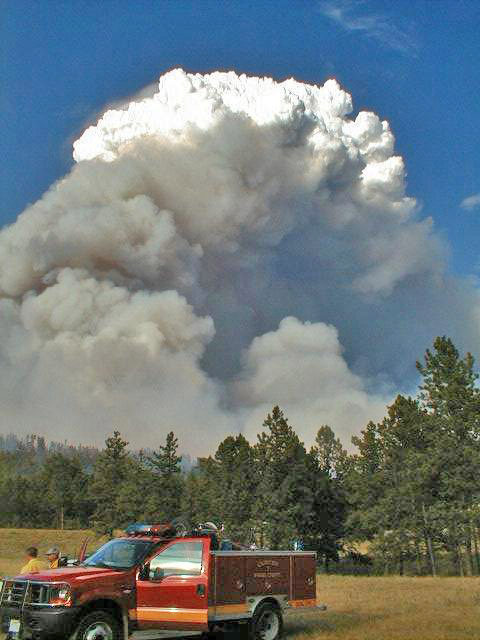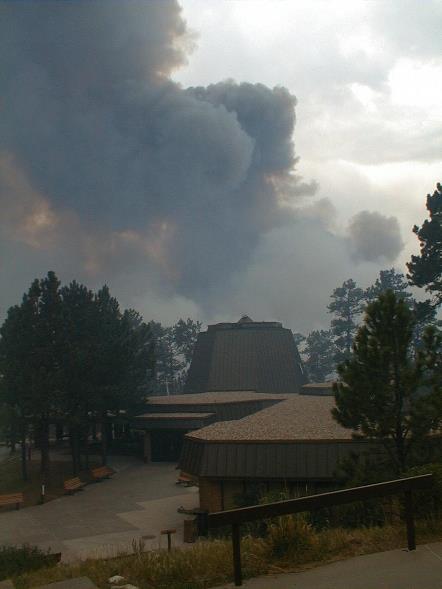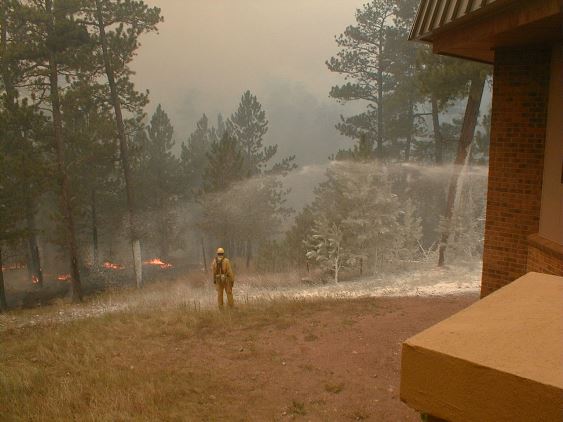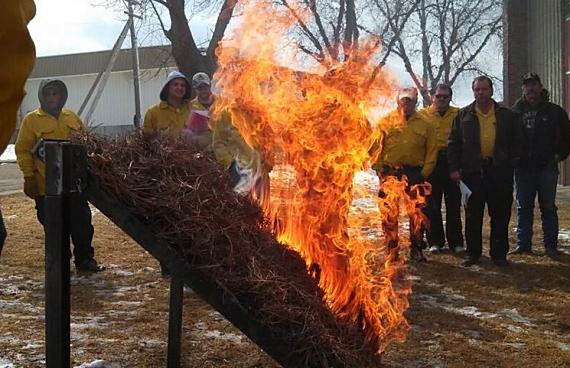
UPDATED at 11:25 a.m. MT, April 6, 2013:

The US Forest Service has announced that their escaped prescribed fire is 90 percent contained and is now estimated to have burned 10,800 acres southeast of Hettinger, North Dakota and southwest of Lemmon, South Dakota. One outbuilding has burned, along with fences, hay, and pastures.
On Friday there were 16 engines and 2 water tenders assigned. Firefighters have been engaged in mopup, including trying to put out a burning dump site close to the fire perimeter.
There will be a public meeting at the North Dakota State University Research Center in Hettinger, ND on Saturday April 6 at 4:00 p.m. Information about the Pautre Fire and the claims process will be presented by the USFS.
****
UPDATED at 10:23 a.m. MT, April 5, 2013:
An article in The Rapid City Journal has more information about the impacts of the fire on the ranchers. Privately owned grazing, hay stacks, and miles of fencing were damaged or destroyed during the ranchers’ calving season. Here is an excerpt:
Laurie Casper, 36, said the fire destroyed 95 percent of her family’s farmland, which is more than 1,000 acres.
“We lost all of our calving pasture, we lost our summer grazing, we lost our fall grazing, we lost 100 percent of our alfalfa— which we cut for hay bales in order to feed the cattle this oncoming winter— all that’s completely gone,” she said. “And there’s just just miles and miles of fences that are completely gone.”
Casper’s family didn’t sleep on Wednesday night. The fire came at the worst time for them and other ranchers: the middle of calving season. While Casper’s family found refuge for their cattle in a neighbor’s cornfield, her family is now worried about their herd’s health. On Thursday morning, their cattle wouldn’t clean their calves because they smelled like smoke. They also fear their livestock may suffer respiratory issues after inhaling dust and smoke.
****
UPDATED at 10:21 p.m. MT, April 4, 2013:
The Pautre Fire is 75 percent contained and is still estimated to have burned 14,000 acres.
Eighteen fire engines and two water tenders are assigned to the fire and continue to work on strengthening the perimeter and providing structure protection. Full containment of the fire is expected by Friday evening.
Paul Hancock, Grand River District Ranger said, “As suppression operations are ending, the Forest Service will be conducting an assessment to determine property damage and working on short and long term strategies to pay for the damage we caused.”
****
(Originally published at 12:34 p.m. MT, April 4, 2013)
A prescribed fire on the Grand River Ranger District of the Dakota Prairie National Grasslands escaped on Wednesday and burned 14,000 to 16,000 acres of grassland near Lemmon in northwest South Dakota (map). The fire was being conducted by the U.S. Forest Service, the agency that administers the National Grassland.
Babete Anderson, a spokesperson for the National Grassland, told Wildfire Today Thursday morning that the spread of the wildfire now named the Pautre Fire, has been stopped and no structures were destroyed. A little snow Thursday morning assisted firefighters with mopup
The original plan for the prescribed fire called for treating 130 acres with fire. At about 2 p.m. on Wednesday winds gusting up to 30 mph pushed the fire across control lines. Approximately 50 to 60 percent of the acres that burned were on private land. Firefighters are calling it 50 percent contained on Thursday and expect strong winds again late in the afternoon on Thursday.
“The Forest Service regrets that the prescribed burn escaped the containment lines and affected so many people. I appreciate the support and efforts from the firefighters, their families and the communities affected by this fire.” stated Paul Hancock, Grand River District Ranger.












